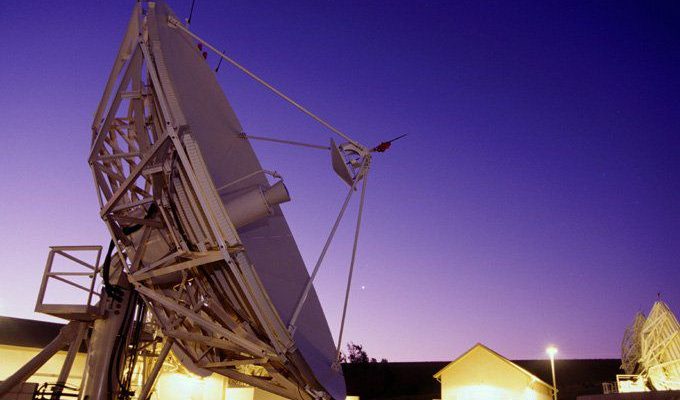Core-satellite investing is a method of portfolio construction designed to minimize costs, tax liability, and volatility while providing an opportunity to outperform the broad stock market as a whole. The core of the portfolio consists of passive investments that track major market indices, such as the Standard and Poor's 500 Index (S&P 500). Additional positions, known as satellites, are added to the portfolio in the form of actively managed investments.
Here is how core-satellite investing works:
Portfolio Construction
First,look at the core portion of your portfolio. The assets will be allocated to investments that are designed to be managed passively.For example, you could put half of the assets dedicated to stocks into an index fund that tracks the S&P 500.
For the actively managed portion, the goal is to select investments where a portfolio manager's skill provides an opportunity to earn greater returns than those generated by the passive portion of the portfolio.
In this example, you could put 10% of the portfolio into a high-yield bond fund and divide the remaining stock portion evenly between a biotechnology fund and a commodities fund. The asset allocation might break down as shown in Figure 1 below.
Investment
Percentage
S&P 500 Index Fund
50%
Actively Managed High-Yield Bond Fund
10%
Actively Managed Biotechnology Fund
20%
Actively Managed Commodities Fund
20%
Figure 1
Keep in mind that this portfolio is simply an example. The core portion of the portfolio can be used to track any index, including those that intentionally reflect a style bias for value over growth, growth over value, government bonds over corporate bonds, domestic markets over foreign markets, or whatever you prefer. Similarly, the sky's the limit in the satellite portion.
The Essence of the Strategy
Regardless of the specific investments chosen to fulfill the asset allocation – cost, portfolio volatility, and investment returns are the underlying considerations.
A brief review of each area provides additional insight:
Costs
The core portion of the portfolio helps to minimize costs because passive investments are almost always less expensive than their active counterparts. Since passive investments track indices, the portfolio changes only when the index changes. Due to the fact that indices change infrequently, transaction costs and capital gainstaxare minimized. Active portfolio management, on the other hand, is based on trading. Each trade generates execution costs and potential tax liabilities in the form of capital gains.
Volatility
Beta is a measure of stock market volatility. Volatility is something many investors prefer to avoid. By dedicating a large portion of a portfolio to passive investments, the beta of the total portfolio should not be high. Adding investments, such as a commodities fund, which are not correlated to the movements of the stock market as a whole, help limit overall volatility when the markets are in flux.
Returns
Active managers seek to outperform their benchmarks. By allocating a minority of the portfolio to active management, the opportunity is in place for an active manager to outperform the benchmark, thus adding to the return generated by the overall portfolio and resulting in benchmark-beating returns for the portfolio as a whole.
How to Implement the Strategy
A core-satellite portfolio can be implemented in many ways. Amutual fund-based portfolio, as shown in Figure 1, is just one potential implementation. This strategy can also be implemented using various combinations of separately managed accounts, exchange-traded funds (ETFs), mutual funds, stocks, bonds, and any other combination of core index-tracking investments coupled with alpha-seeking investments.
The Bottom Line
The core-satellite approach provides an opportunity to access the best of all worlds. Better-than-average performance, limited volatility, and cost control all come together in a flexible package that can be designed specifically to cater to your needs.
This article is from https://www.investopedia.com/, if there is any copyright issue, please contact the webmaster to delete it.









